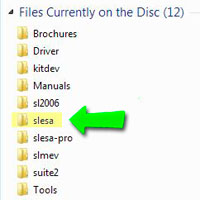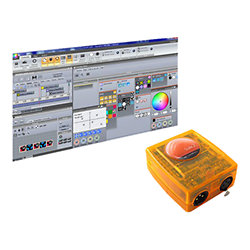

- #SUNLITE SUITE 2 RESET FULL#
- #SUNLITE SUITE 2 RESET SOFTWARE#
- #SUNLITE SUITE 2 RESET SERIES#
Create the necessary Snapshot copy or copies on the storage system(s). Flush data from the host operating system for all volumes in the Snapshot copy. Stop activity on all affected volumes or put the application in "hot backup" mode. A Snapshot copy may include several volumes and can span several storage systems. 
Create a list of LUNs to be included in the Snapshot copy.This requires the following general steps. The crucial function of SnapManager operations is the creation of an application-consistent Snapshot copy on NetApp storage. SnapDrive for UNIX also works over NFS.įigure 1) Relationship between SnapManager and SnapDrive. Both solutions support iSCSI and Fibre Channel transports. The current generation of SnapDrive products includes SnapDrive for Windows® and SnapDrive for UNIX® (with support for Solaris, HP-UX, AIX, Red Hat, SUSE, and Oracle Enterprise Linux®). In the distant past, it was actually a part of SnapManager for Exchange (the first SnapManager product), but NetApp realized that by separating SnapDrive it could leverage its capabilities to create additional SnapManager products.

SnapDrive provides a set of core capabilities that all SnapManager products need. To do this, SnapManager uses NetApp SnapDrive®. In order to accomplish its work, SnapManager also must interface with the operating system running on the server (or in the VM) and with NetApp storage. A command line interface (CLI) makes it possible to write scripts to integrate SnapManager actions such as Snapshot copies as part of the normal operation of an application. For instance, SnapManager for Exchange offers single mailbox recovery and SnapManager for Oracle offers partial file SnapRestore. Depending on the version, SnapManager may also help you perform other application-dependent tasks. Each SnapManager tool has its own user interface that lets you create and execute backup and replication schedules and perform restores.
#SUNLITE SUITE 2 RESET SOFTWARE#
SnapManager software runs on the server (or in a virtual machine) and interfaces directly with the application.
Support both Data ONTAP® technology operating in 7-Mode and clustered Data ONTAP. Provide application-centric interfaces that let application administrators perform backups without having to understand details of storage or involve storage administrators in routine activities. Off-load most of the work of data protection from servers. Allow backups to be completed more quickly in much less time (typically minutes versus hours) so backups can be completed more often with less disruption to the application. (Cloning is not supported by all SnapManager products.) 
#SUNLITE SUITE 2 RESET FULL#
Take full advantage of NetApp data protection features, including Snapshot™, SnapMirror®, SnapRestore®, and FlexClone® technologies to provide fast, efficient backup and restore, replication for DR, and cloning. Integrate closely with the unique features and capabilities of each application. These tools offer significant advantages for application backup. NetApp users today can choose from seven SnapManager tools that provide deep integration to coordinate storage management activities with popular enterprise software programs-Microsoft® SQL Server®, Exchange, SharePoint®, Oracle®, and SAP®-as well as virtual infrastructure-VMware® and Microsoft Hyper-V™. The SnapManager suite represents thousands of man-hours of effort going back to the original SnapManager for Exchange product, which was introduced in 2000. To address this shortcoming, NetApp created its SnapManager® software, a suite of intelligent tools that allow applications and storage to coordinate activities to make backup fast and space efficient, speed the restore process, and simplify common data management tasks. Neither alternative is particularly desirable. Unfortunately, back-end storage systems typically know little or nothing about the application data they contain, so you either have to use brute-force methods to perform backups on the storage system or you have to let each application perform its own backup. The more a backup application understands about the way an application works, the more efficient the backup process will be. #SUNLITE SUITE 2 RESET SERIES#
This article is the ninth installment of Back to Basics, a series of articles that discusses the fundamentals of popular NetApp® technologies.








 0 kommentar(er)
0 kommentar(er)
